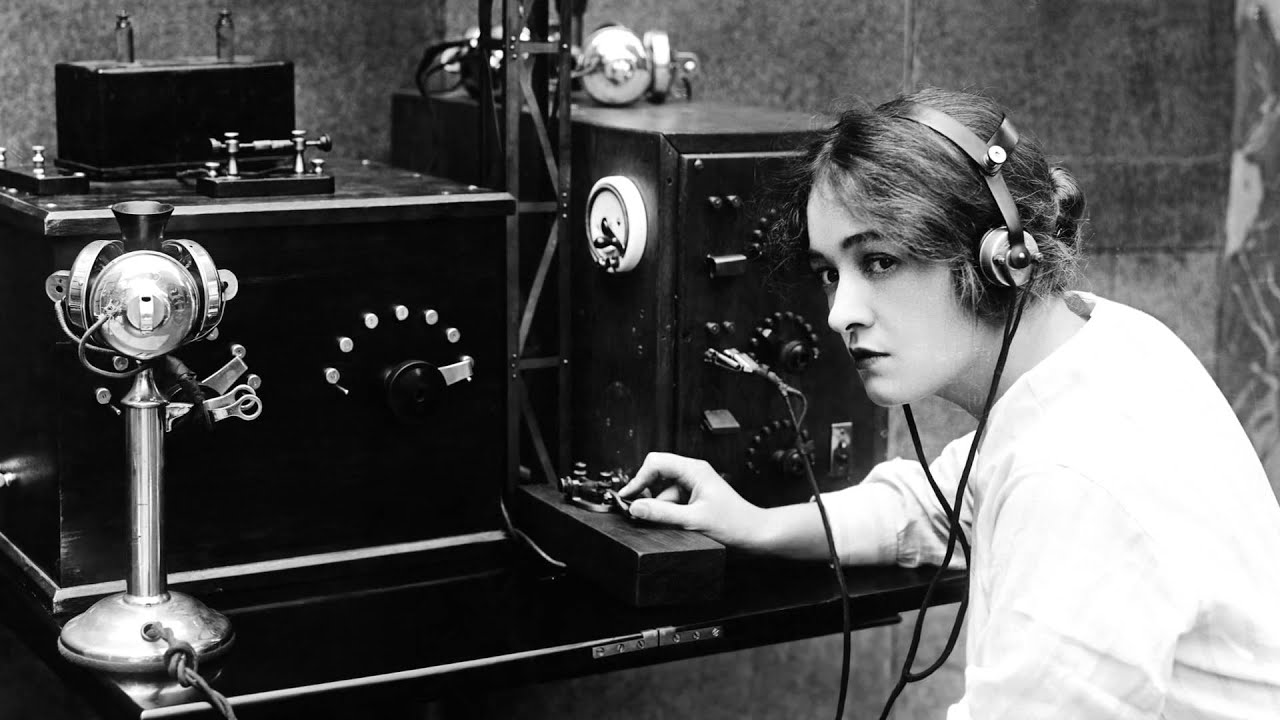In the early 1800s, people needed a faster and more reliable way to send messages over long distances. At that time, letters could only travel as quickly as a horse, ship, or train could carry them. This meant news often arrived days or even weeks late, sometimes too late to be useful. The invention of Morse code, used with the telegraph, changed that. For the first time, messages could be sent across great distances in just minutes instead of days.
Morse code is a system that uses short and long signals—called dots and dashes—to show letters and numbers. The morse code alphabet was created by Samuel F.B. Morse and developed with the help of Alfred Vail in the 1830s. Their work turned the telegraph into a powerful communication tool, breaking the limits of older methods and connecting people across countries and continents.
Communication Before Morse Code
Before the telegraph, messages travelled slowly. Letters sent by horse or stagecoach could take days to arrive, and sea mail could take weeks or months. Weather, terrain, and accidents could delay delivery even further. Visual signals like semaphore flags or mechanical arms worked only in clear weather and over short distances. Smoke signals and drum codes, used in some cultures, were also limited in range and detail.
These methods could not keep up with the speed of an industrialising world. As railroads, steamships, and growing cities created new demands for instant information, the need for a better system became urgent.
The Inventors and Their Motivation
Samuel Morse was originally a painter, not an engineer. His interest in communication began after a personal tragedy in 1825, when a message about his wife’s illness reached him too late. By the time he arrived home, she had already died and been buried. This loss convinced him that faster communication was necessary.
In 1835, Morse built his first telegraph machine, which could send electrical pulses through a wire. However, he needed a way to turn those pulses into words. Alfred Vail, a talented machinist, helped create a code that included letters, numbers, and punctuation. This made it possible to send any message clearly and quickly.
A Revolutionary Solution
Morse code worked because it was simple and adaptable. The signals could be sent as clicks, flashes of light, or radio tones. This made it useful not only for land communication but also for ships at sea. The code could be adapted to any alphabet, making it possible to send messages between people who spoke different languages.
Wartime and Maritime Uses
The military soon saw the value of Morse code. During wars, it allowed leaders to send orders instantly instead of waiting for couriers. At sea, it became a lifeline for ships in trouble. The SOS distress signal, introduced in the early 1900s, was short, easy to recognise, and understood worldwide.
Lasting Impact
After its first public use in 1844, telegraph lines spread rapidly. By the mid-1800s, countries were linked by an international network. Morse code became a universal standard, making it the future of global communication. Even today, it is valued for its simplicity, reliability, and ability to work when other systems fail.






